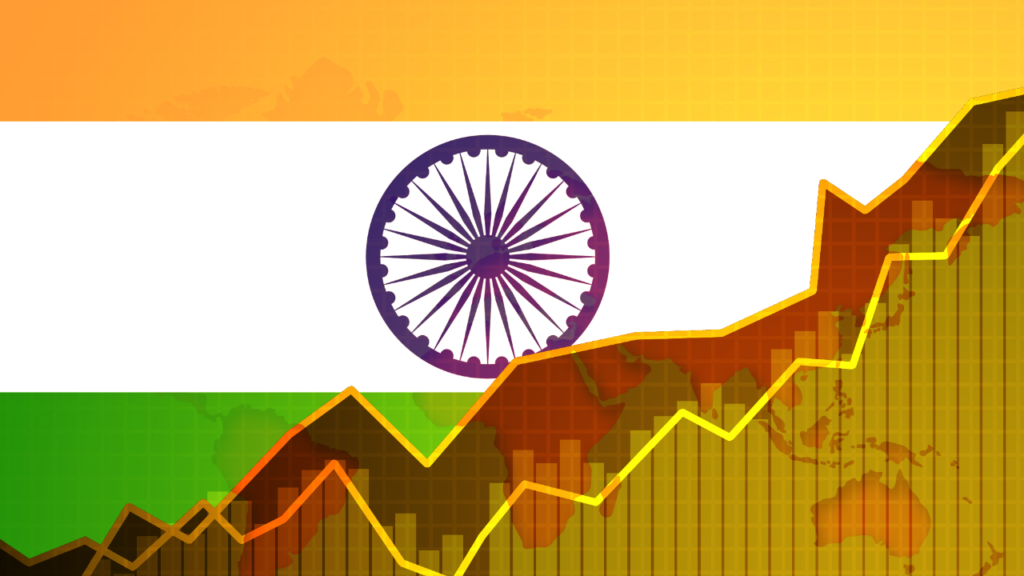India’s Economic Landscape: A Sectoral Overview
India, a burgeoning economic powerhouse, is characterized by a diverse economic landscape. The Indian economy is primarily divided into three major sectors: Primary, Secondary, and Tertiary. Each sector plays a crucial role in shaping the nation’s overall economic growth and development.

The Primary Sector: The Backbone of Rural India
The primary sector, often referred to as the agricultural sector, is the backbone of the Indian economy, particularly in rural areas. It encompasses activities like farming, forestry, fishing, and mining. While its contribution to the GDP has been declining, it remains a significant employer, providing livelihoods to a large portion of the population. However, challenges such as climate change, soil degradation, and inadequate irrigation infrastructure continue to hinder its growth.
The Secondary Sector: The Industrial Engine
The secondary sector, also known as the industrial sector, is responsible for transforming raw materials into finished goods. It includes manufacturing, construction, and utilities. This sector has witnessed substantial growth in recent decades, driven by government initiatives and foreign investments. Key industries such as automobiles, textiles, pharmaceuticals, and information technology have significantly contributed to India’s economic progress.
The Tertiary Sector: The Service Powerhouse
The tertiary sector, or the service sector, is the largest and fastest-growing sector of the Indian economy. It encompasses a wide range of activities, including finance, banking, insurance, healthcare, education, tourism, and information technology services. The IT sector, in particular, has emerged as a global leader, attracting significant foreign investments and generating substantial foreign exchange earnings. The growth of the service sector has been fueled by factors such as liberalization, globalization, and the rise of the middle class.
Interdependence and Future Outlook
While each sector operates independently, they are interconnected and interdependent. For instance, the agricultural sector provides raw materials to the industrial sector, which, in turn, produces goods and services consumed by the service sector. The growth of one sector often stimulates growth in the others.
As India continues its economic journey, the services sector is expected to remain the primary driver of growth. However, there is also a need to revitalize the manufacturing sector and boost agricultural productivity. By addressing challenges such as infrastructure development, skill development, and regulatory reforms, India can unlock its full economic potential and emerge as a global economic superpower.










